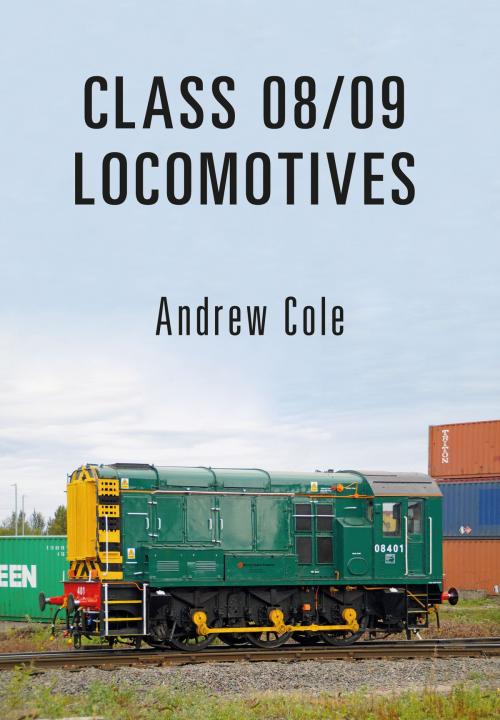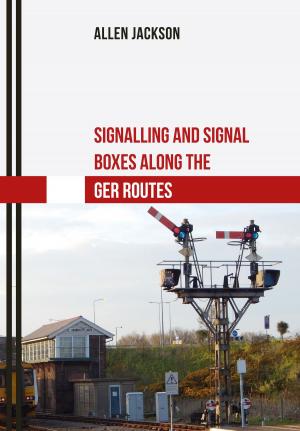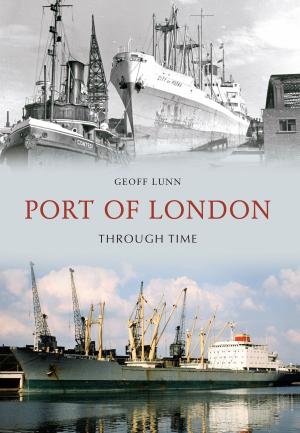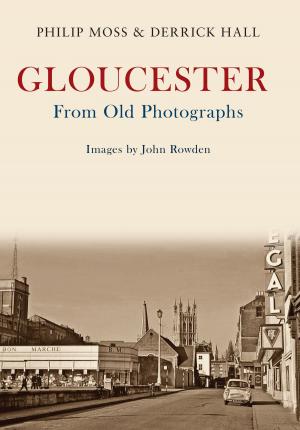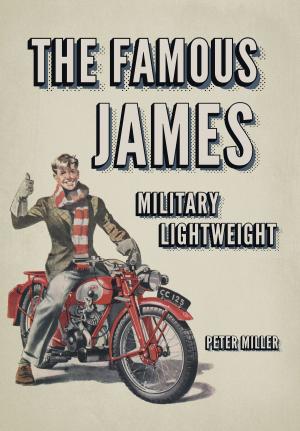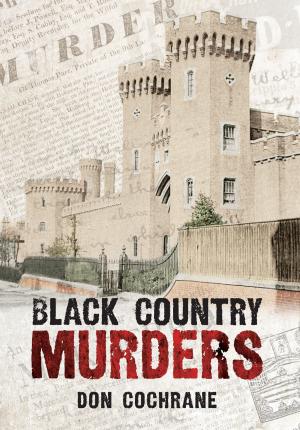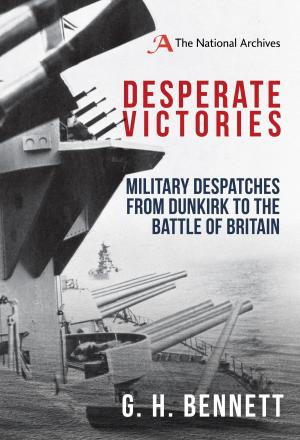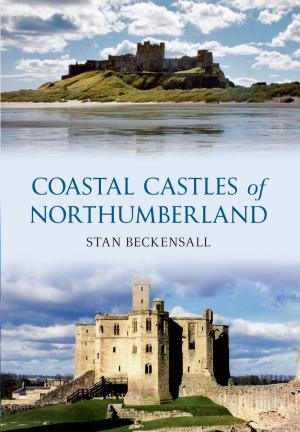| Author: | Andrew Cole | ISBN: | 9781445666242 |
| Publisher: | Amberley Publishing | Publication: | March 15, 2017 |
| Imprint: | Amberley Publishing | Language: | English |
| Author: | Andrew Cole |
| ISBN: | 9781445666242 |
| Publisher: | Amberley Publishing |
| Publication: | March 15, 2017 |
| Imprint: | Amberley Publishing |
| Language: | English |
The Class 08/09 was to become the main diesel shunter of the British Railways era. Just over a thousand of the two classes were built from 1952 onwards at five different British Rail workshops over a ten-year period. Just about every corner of the UK would be home to one or more of these shunting locomotives. They were ideal for yard and depot shunting, and also acted as station pilots at nearly every major station. The main difference between the two classes was that the Class 09 had a different maximum speed, and most were also fitted with extra air pipes to work with Southern Region EMUs. With the constriction of UK freight workings, a lot of yards were taken out of use, and the trip workings that these locomotives performed soon ceased. With the advent of multiple unit trains, the need for them as station pilots also ceased. A large majority of the two classes have been withdrawn and scrapped, but a fair number still survive, doing what they were built for over fifty years ago. A large number have also entered preservation, and the classes have carried a multitude of different liveries over the years.
The Class 08/09 was to become the main diesel shunter of the British Railways era. Just over a thousand of the two classes were built from 1952 onwards at five different British Rail workshops over a ten-year period. Just about every corner of the UK would be home to one or more of these shunting locomotives. They were ideal for yard and depot shunting, and also acted as station pilots at nearly every major station. The main difference between the two classes was that the Class 09 had a different maximum speed, and most were also fitted with extra air pipes to work with Southern Region EMUs. With the constriction of UK freight workings, a lot of yards were taken out of use, and the trip workings that these locomotives performed soon ceased. With the advent of multiple unit trains, the need for them as station pilots also ceased. A large majority of the two classes have been withdrawn and scrapped, but a fair number still survive, doing what they were built for over fifty years ago. A large number have also entered preservation, and the classes have carried a multitude of different liveries over the years.
